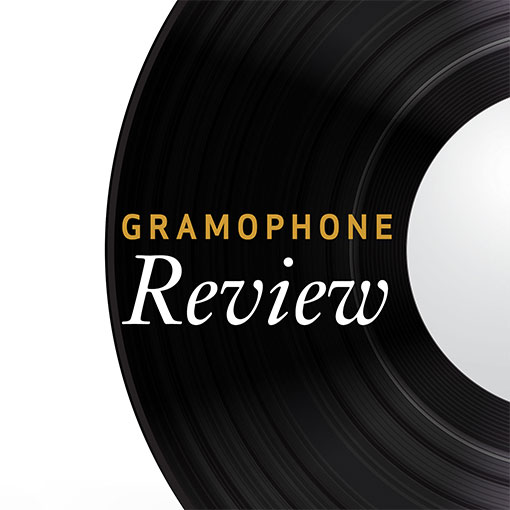Suk Asrael
View record and artist detailsRecord and Artist Details
Composer or Director: Josef Suk
Label: Chandos
Magazine Review Date: 5/1992
Media Format: CD or Download
Media Runtime: 59
Mastering:
DDD
Catalogue Number: CHAN9042

Tracks:
| Composition | Artist Credit |
|---|---|
| Asrael |
Josef Suk, Composer
Czech Philharmonic Orchestra Jirí Belohlávek, Conductor Josef Suk, Composer |
Composer or Director: Josef Suk
Label: Chandos
Magazine Review Date: 5/1992
Media Format: Cassette
Media Runtime: 0
Mastering:
DDD
Catalogue Number: ABTD1593

Tracks:
| Composition | Artist Credit |
|---|---|
| Asrael |
Josef Suk, Composer
Czech Philharmonic Orchestra Jirí Belohlávek, Conductor Josef Suk, Composer |
Author: John Steane
A more crucial indicator comes in Suk's dark night of the soul, the scherzo: Belohlavek's Czech strings—violins marginally sweeter, lower voices firmer and fuller of tone—are a stronger feature as the hallucinations leap and dart through the orchestra; and once the contrasting Trio establishes its widely-vaulted planes of blissful reminiscence (at 6'22'') you can now relish Suk's rich departures for cellos and basses (did Richard Strauss ever pen a more heartstopping sequence of modulations than this?). Turn to Pesek, though, and the nightmare is noticeably more spectral and sharply etched: there's a chill in the air, his Liverpool woodwinds slither and shriek more menacingly; Pesek is more aware and keen to exploit the potential of the dynamic contrasts. Liverpool's Philharmonic Hall's drier acoustics help, no doubt, as does the wider dynamic range of Virgin's recording.
Belohlavek's is a fine performance by any standards, more involving than Neumann's (Supraphon) with the same orchestra, and there will be many who value the richer string sonority and the warmer ambient bloom of the Chandos sound (from Spanish Hall, Prague Castle). It's certainly a more comfortable listening experience than Pesek's. But I wonder why Chandos felt it necessary to raise the level for the Adagio (fourth movement). To maximize the attraction of those vibrant Czech colours? Whatever the reasons, those with memory spans of longer than a few minutes may well feel that the difference in amplitude between the fff tutti that closes the scherzo and the Adagio's solo violin is not quite what it should be.
More importantly, after the Adagio's loving portrait of Suk's late wife, the finale erupts with the cruel reality of Death thundered out on four timpani. It is Pesek who achieves the intended violence of this contrast, and an almost unbearable intensity in the ensuing anguished protests. Both versions realize the closing pages' peaceful resolution (as the preface to the score puts it ''the Greek fires dying down'') with playing of consummate beauty. With Pesek that resolution is harder won.'
Discover the world's largest classical music catalogue with Presto Music.

Gramophone Digital Club
- Digital Edition
- Digital Archive
- Reviews Database
- Full website access
From £8.75 / month
Subscribe
Gramophone Full Club
- Print Edition
- Digital Edition
- Digital Archive
- Reviews Database
- Full website access
From £11.00 / month
Subscribe
If you are a library, university or other organisation that would be interested in an institutional subscription to Gramophone please click here for further information.





